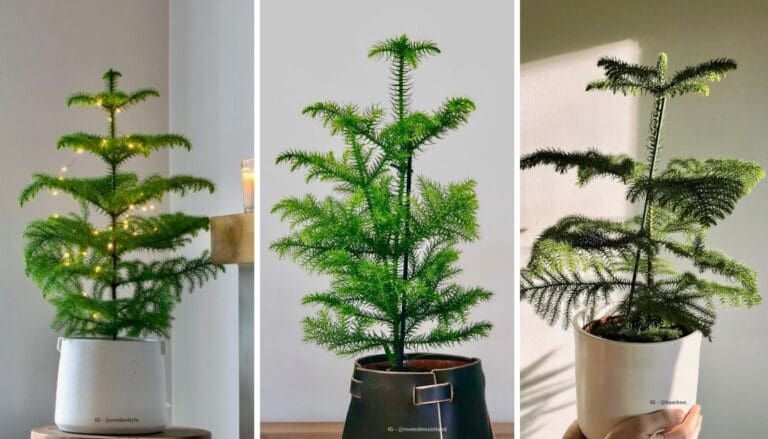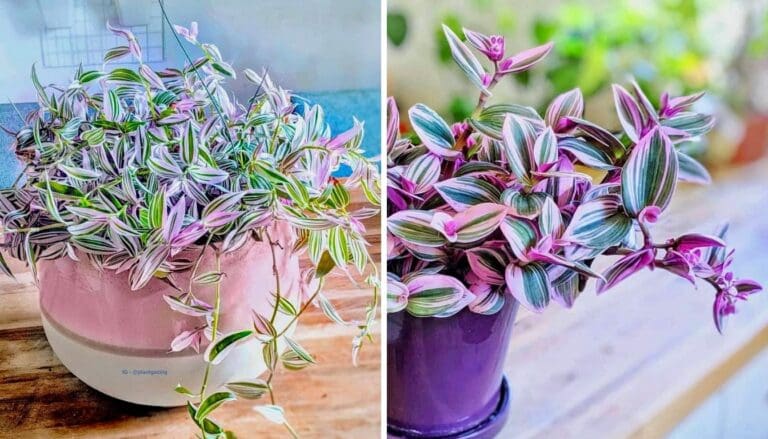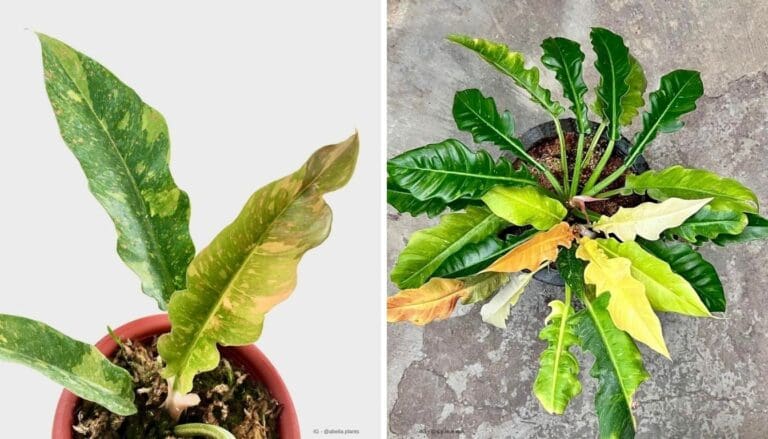10 Clever Ways to Save Your Plant from Underwatering
You know, it’s way too easy to miss a watering and suddenly spot your plant leaves drooping. That sinking feeling when I see dry soil or a sad houseplant? Been there.
Over time, I’ve picked up some straightforward ways to help my plants bounce back. Just paying a bit more attention and tweaking a few habits can really turn things around.

Please note: Simplify Plants is reader-supported. As an Amazon Associate, I earn from qualifying purchases made by our readers with no extra cost added to you all! Some links in the post are affiliate links and I get a commission from purchases made through links in the post.
1) Set a reminder on your phone to water plants every 3 days
Honestly, I forget to water my plants all the time, especially when life gets hectic. Setting a reminder on my phone is my go-to solution.
It takes maybe ten seconds to set up, but it helps a lot. I set mine to repeat every three days—seems to work for most of my houseplants.
If you’ve got a smartphone, just set a recurring alarm or slap it on your calendar. Seeing that alert pop up gives me the push I need to grab the watering can.
I’ll even add a goofy emoji or a silly sound to my plant reminders sometimes. Makes it a little more fun, honestly.
If I’m tempted to snooze the reminder, I try to remember that a minute of effort can save my plant from looking pitiful later. Sticking to this habit means way fewer oops-I-forgot moments.
This trick has really helped my plants hang in there. All it takes is a phone and a couple of taps—super easy.
2) Use self-watering stakes to keep soil moist longer
I’ve found that self-watering stakes are a real lifesaver when I forget to water. They slowly release water right to the roots where it’s needed.
Just fill the stake and stick it in the soil—couldn’t be simpler. The soil stays damp for days, so I’m not panicking if I get busy.
They’re cheap, easy, and come in different materials. I use them in both small pots and big planters.
When I use a self-watering stake, my plants get a steady drink and don’t dry out between waterings.
If I’m traveling or just distracted, these stakes keep my plants from wilting. Plus, I can see when they’re empty and refill as needed.
I like knowing I’m not accidentally drowning my plants either. Self-watering stakes give me peace of mind and keep my green friends happy.
3) Place water-absorbing crystals in soil
Whenever I notice my plant’s soil dries out way too quickly, I reach for water-absorbing crystals. They’re surprisingly easy to use and help the soil stay moist longer.
I just mix a bit into the top layer of soil. When I water, the crystals soak it up, then slowly release it as things dry out.
It’s nice not having to water every single day. The crystals are safe for most plants, indoors or out.
I try not to overdo it—too many crystals can make things soggy.
I check the soil now and then and adjust if it’s too wet or dry. These crystals are especially handy for hanging baskets or pots that dry out fast.
I’ve used them for all sorts of plants, big and small. Mixing them into fresh soil when I repot seems to work best.
This little trick helps keep my plants from wilting. It’s such an easy fix—one less thing to stress about with plant care.
4) Group plants to create a humid microenvironment
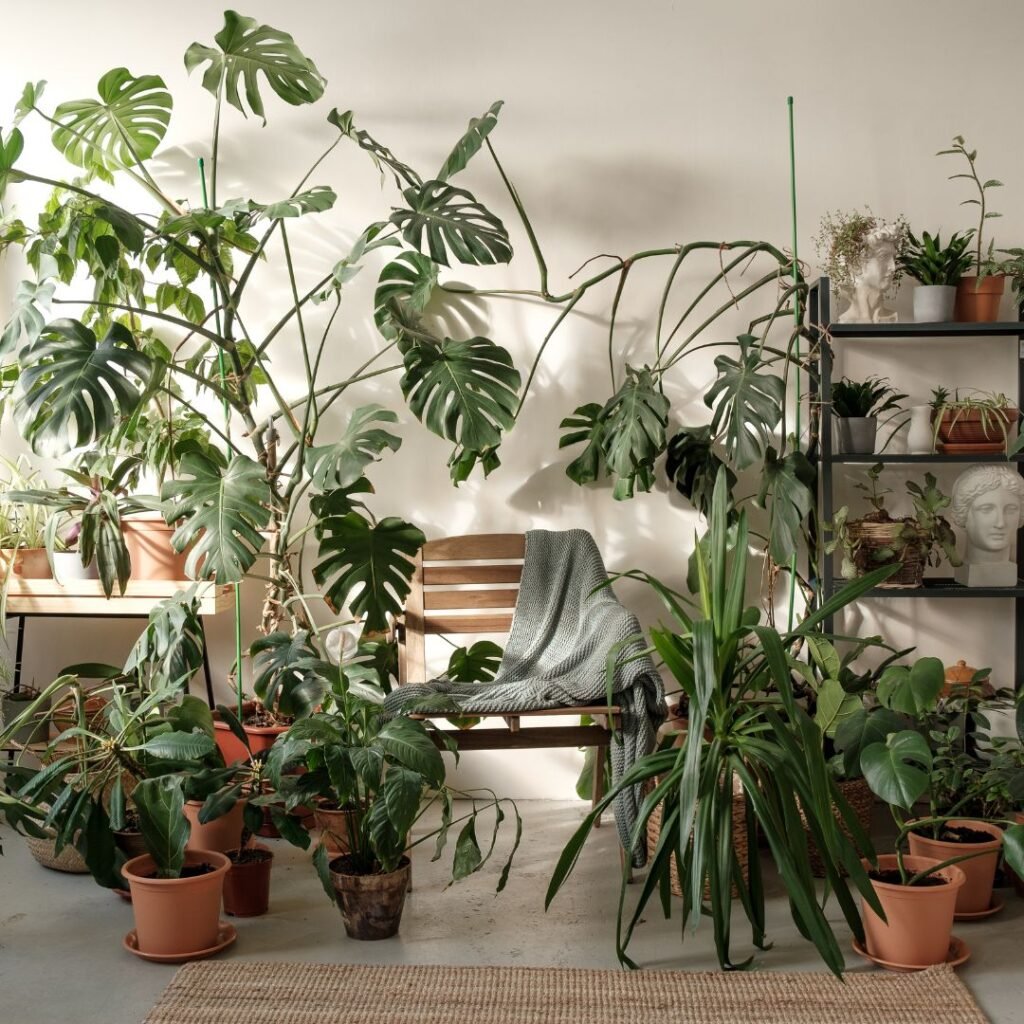
If my plants are looking a bit thirsty, I’ll group them together. Plants naturally release moisture, and clustering them helps trap it.
That creates a humid microenvironment, which keeps the air around them moister. It slows down how fast the soil and leaves dry out.
I keep the pots close but not crammed together. That way, there’s still airflow.
Tropical plants especially love this. It’s a simple way to boost humidity without fancy gadgets.
Even if I forget to water, grouped plants seem to stay perkier than the loners. My ferns and calatheas definitely appreciate it.
Short on space? Use a tray or a shelf—just getting them near each other helps.
It costs nothing, takes barely any effort, and honestly, it looks pretty nice too. Win-win.
5) Cover soil with mulch to reduce evaporation
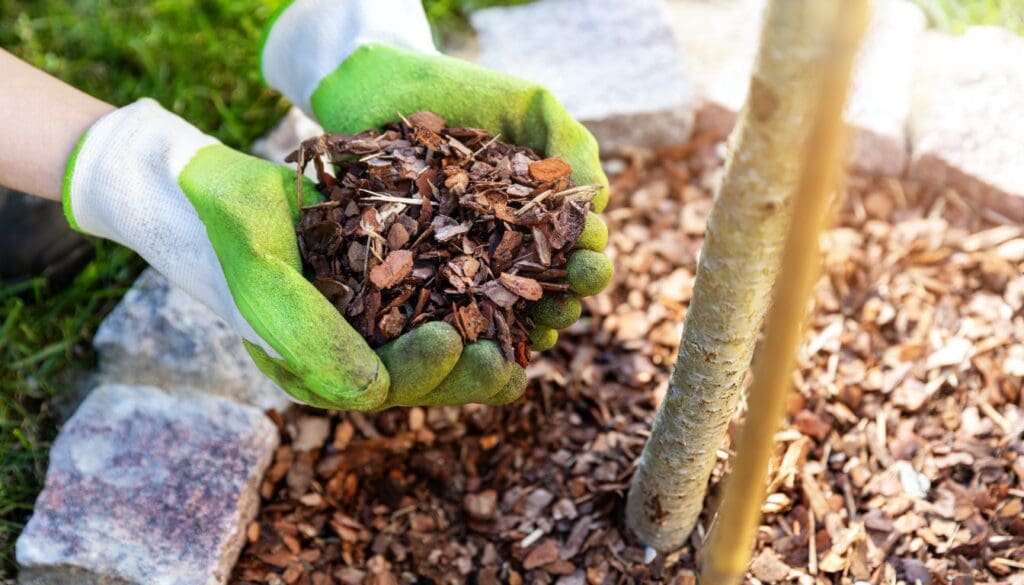
I like to use mulch to help my plants hold onto water. Just a layer of something right on top of the soil makes a big difference.
My go-tos are wood chips, straw, or even dried leaves. They’re easy to find and work for most plants.
Mulch blocks the sun, so the soil stays cooler and water doesn’t disappear so fast. After watering, things stay damp longer.
It also cuts down on weeds, which means less competition for water.
I keep mulch a couple of inches from the plant’s stem so it can breathe, and I don’t pile it on too thick.
Usually, 2-3 inches does the trick. Too much and you risk soggy soil—nobody wants that.
Adding mulch takes just a few minutes, but it’s honestly one of the easiest ways to fight underwatering. I check it every so often and top it up if it’s looking thin.
It helps every drop of water go further.
6) Use a moisture meter to check soil dampness

Guessing if the soil’s dry has led me to overwater or underwater more times than I’d like to admit. That’s why I grabbed a moisture meter—specifically, the XLUX T10.
It’s super straightforward. I stick the probe in the soil and check the dial—it goes from “dry” to “wet.”
If the needle’s in the dry zone, I know it’s time for a drink. No more dirty fingers or guessing games.
Saves me time and makes watering less stressful. I can check all my plants in just a few minutes.
No batteries, no setup—just use it right out of the box. I feel a lot more confident about my plant care since I started using this thing.
7) Water plants early morning to reduce water loss

I try to water my plants in the early morning whenever I can. The air’s cooler and the sun isn’t blasting yet, so less water evaporates.
If I wait until midday, most of the water just disappears before the roots can soak it up. Morning watering keeps the soil moist longer.
My plants’ leaves and roots seem much happier with this routine. Plus, it helps avoid issues like wilting or yellowing.
Watering early also means the leaves dry off before night, which helps prevent fungus.
This tiny change has made a noticeable difference—my plants are stronger, and I worry less about forgetting to water.
8) Add a layer of sphagnum moss to retain moisture
Sometimes, even when I’m on top of watering, my plants dry out too fast. A layer of sphagnum moss on top of the soil helps lock in moisture.
I just grab a handful of damp moss and spread it around the base. It feels soft and soaks up water like a sponge, then releases it slowly as things dry out.
Sphagnum moss works great in pots or garden beds. I leave a little space around the stem so things don’t get mushy.
With moss, the soil on top doesn’t dry out as quickly. My plants look fresher and don’t droop as much.
Sometimes I’ll even mix a bit into the potting soil for extra moisture hold, especially for finicky plants.
You can find sphagnum moss at most garden centers or online, and a small bag lasts ages.
If my plant still seems thirsty, I check the moss and add more if needed. It’s a simple, low-effort way to keep plants happy.
9) Place plants on pebble trays filled with water
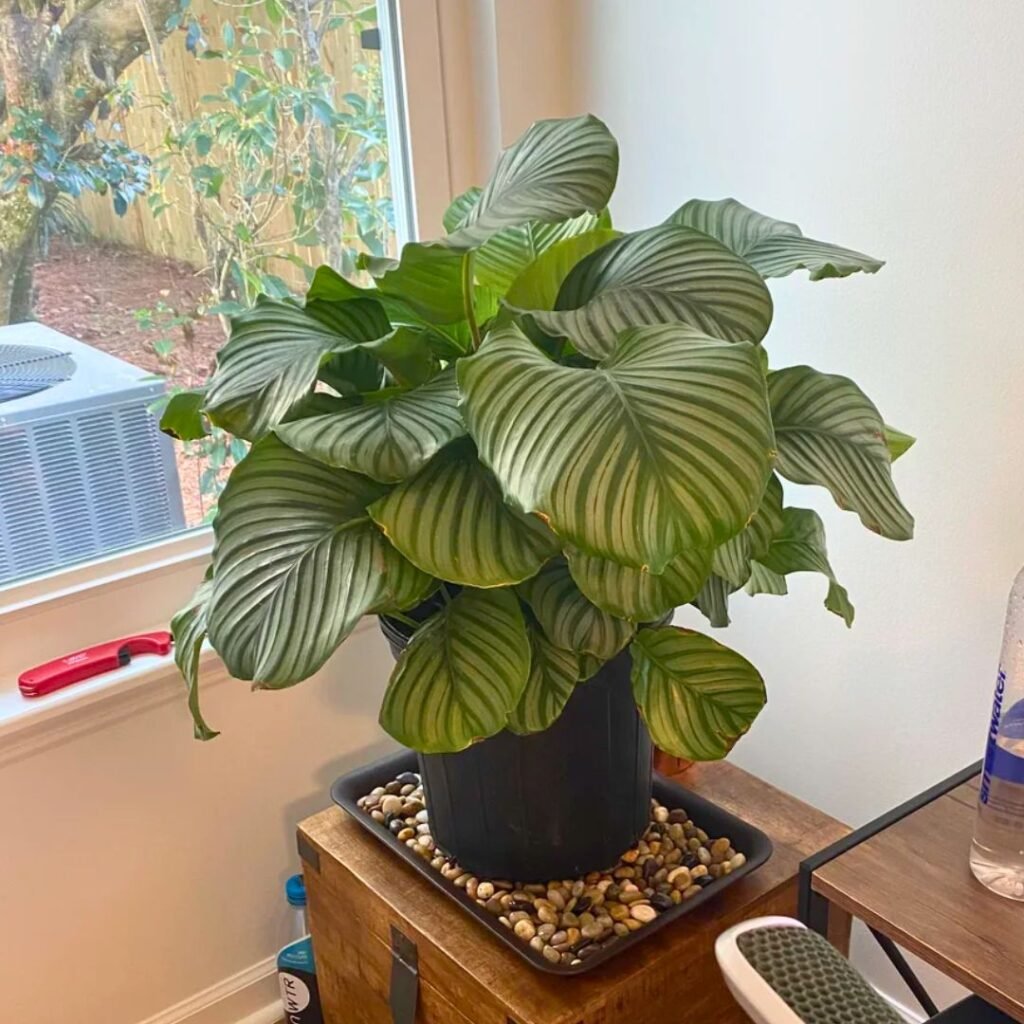
I’m a fan of using pebble trays when my plants start looking a bit thirsty. It’s a simple little trick that can really help, especially if some of your plants are drying out too fast.
I usually grab a shallow tray, toss in some pebbles or stones, and pour in water until it’s just below the tops of the pebbles. The key is making sure the pot itself isn’t sitting in the water—just perched on the stones.
Once the pot’s in place, the water slowly evaporates and adds extra moisture to the air right around the plant. That little boost of humidity can make a big difference for leaves that keep crisping up.
I find this especially handy for ferns and humidity-loving houseplants. Even some succulents appreciate the extra moisture, as long as their roots aren’t getting soggy.
I try to check the tray every few days and top up the water as needed. If I forget, the air gets dry again pretty quickly.
Pebble trays are cheap, easy, and don’t hog space. Honestly, I just use whatever flat dish I have lying around. And if you’re tired of brown leaf tips caused by dry air, this can really help.
Sometimes I get a little creative and use colorful pebbles or decorative stones. It adds a bit of personality to my plant corner and, well, it just looks more fun.
10) Use a slow-release watering globe
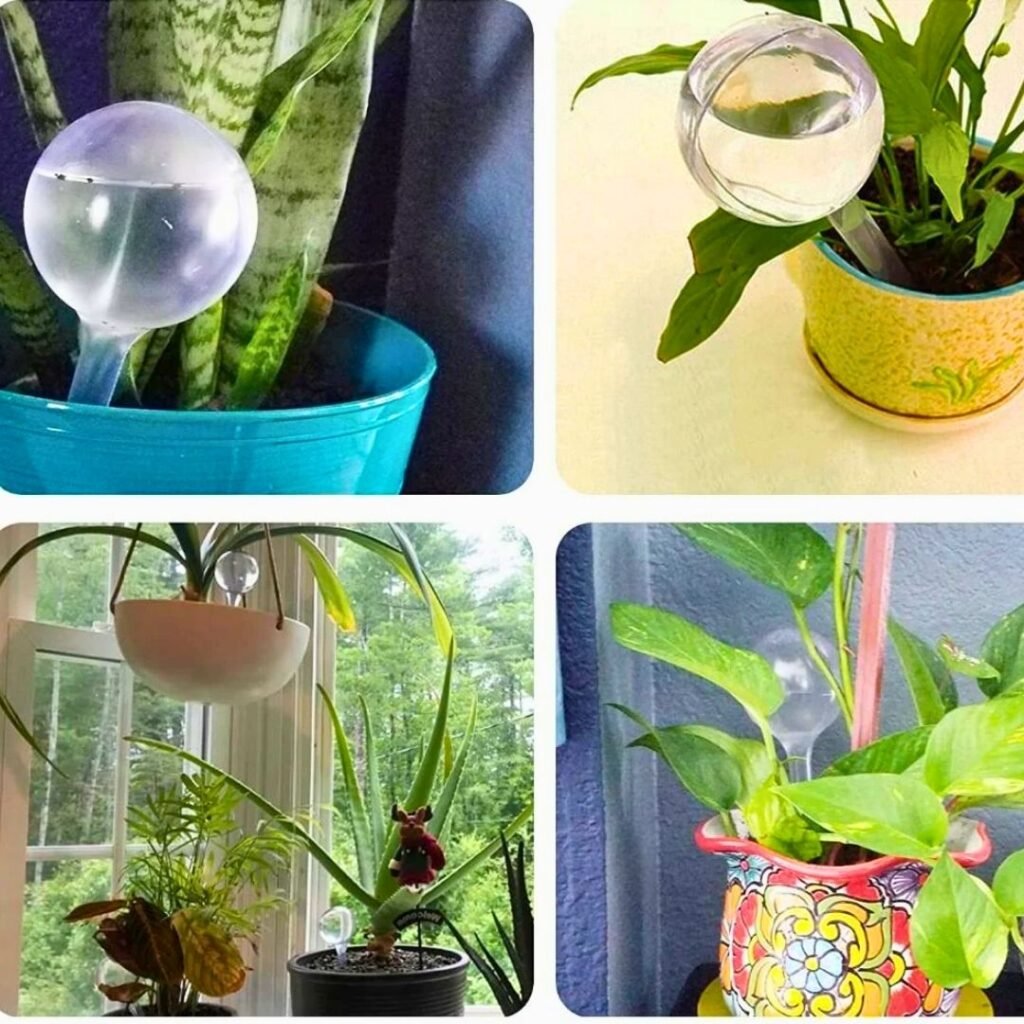
I admit it—sometimes I forget to water my plants. That’s where a slow-release watering globe saves the day. These globes drip water into the soil little by little, so my plant’s roots stay moist even when I’m distracted.
All I have to do is fill up the globe with water and stick the stem into the soil near the plant. The globe does its thing, letting out water over several days.
The soil only takes what it needs, which means my plant won’t dry out or drown. It’s honestly a lifesaver for both underwatering and overwatering.
No need to remember to water every day—the globe just takes care of it. When it’s empty, I refill and repeat.
Aquaself globes come in all sorts of shapes and sizes. I pick one that fits the plant and the pot—tiny globes for desk plants, bigger ones for floor pots.
They’re reusable, easy to clean, and save me time and money. If you travel a lot or just have a busy week, these are a solid backup.
If the soil stays dry even with the globe, I check if the stem is clogged. Sometimes a little soil gets stuck in there, but it’s easy to clear out.
Honestly, using a watering globe like Aquaself just makes plant care less stressful for me. It’s a small thing, but it really helps.
Recognizing the Signs of Underwatered Plants
I’ll be honest—it’s easy to miss the early warning signs. But if you learn to spot them, you can fix problems before they get out of hand.
Knowing the difference between underwatering and overwatering is huge. It means I can actually give my plants what they need instead of guessing.
Visual Indicators and Symptoms
When my plant isn’t getting enough water, the first thing I notice is wilted or droopy leaves. Sometimes the leaves get dry, crispy at the edges, or turn brown or yellow.
If the whole plant is leaning or just looks tired, that’s a red flag too.
I’ll poke the soil, and if it feels dry and hard or is pulling away from the pot, that’s another clue. Faded colors and stunted growth show up sometimes as well.
Here’s a quick list I go by:
- Leaves are curled, shriveled, or crunchy
- Soil is dry to the touch, even deep down
- Stems look thin and weak
If I spot these, I know it’s time to act.
Differences Between Underwatering and Overwatering
Underwatering and overwatering look similar at first, but there are some key differences. With underwatering, the soil is bone dry, leaves are crispy, and stems droop.
Overwatered plants usually have yellow, soft, or mushy leaves. The soil feels wet or even soggy. Sometimes there’s a musty smell or a bit of mold.
Table: How I Tell Them Apart
| Symptom | Underwatering | Overwatering |
|---|---|---|
| Soil Feel | Dry, hard | Wet, soggy |
| Leaf Texture | Crispy, curled | Soft, yellow |
| Smell | None | Musty, moldy |
The Science Behind Plant Hydration
Plants just can’t do their thing without water. When there’s not enough water, leaves wilt, roots dry up, and growth slows to a crawl.
Healthy roots and the right soil really matter for keeping plants hydrated.
How Roots Absorb Water
Roots work like little straws, pulling water up from the soil to the rest of the plant. They’ve got tiny root hairs that grab onto water and minerals.
Water gets into the roots through osmosis, which basically means it moves from the wetter soil into the drier root cells.
If the soil dries out too much, roots can’t get what they need, and the plant starts showing stress signs. Plants will even close tiny pores on their leaves to save water, but then they can’t make food as well.
Strong roots with enough space and moisture move water more efficiently. That’s what keeps my plants fresh and growing.
The Role of Soil in Moisture Retention
Soil isn’t just dirt—it’s the main water source for my plants. Sandy soils let water drain away super fast, which can leave plants thirsty. On the flip side, clay soils hold water longer but can get soggy and suffocate roots if I overdo it.
Good soil has a mix of sand, silt, and clay. That way, it keeps some water but still lets extra moisture drain out so roots don’t rot.
I like to add compost or mulch to help soil hold onto water. It really makes a difference.
I check my soil’s texture and how well it holds water, usually just poking it with my finger or using a moisture meter. Healthy, moist soil means roots can drink up what they need and the plant stays strong.
Frequently Asked Questions
People ask me all the time how to spot underwatering and what to do about it. I’ve also picked up a few tricks for watering when I’m away or just adjusting my routine with self-watering aids.
How can I tell if my plant is suffering from underwatering?
I look for dry, crumbly soil and leaves that feel crispy or wilted. If the plant’s droopy or the soil is pulling away from the pot, it’s probably underwatered.
What are the signs of an underwatered plant?
Curled, brown, or crunchy leaves are a big giveaway. Sometimes the plant stops growing or drops flowers early. Thin, weak stems show up too.
Is there a way to help plants recover from underwatering?
I water evenly and let the root ball soak it up. If the soil’s really dry, I’ll set the pot in a tray of water for about 20 minutes so it can drink from the bottom.
What are some tips for watering plants while I’m on vacation?
I set up self-watering stakes or mix water-absorbing crystals into the soil. Grouping plants helps keep humidity up, and if I can, I’ll have a friend check in.
How do I adjust my watering routine to prevent underwatering?
I set a reminder to water every 3 days on my phone. Adding mulch helps the soil stay moist longer. I usually check soil moisture with my finger before watering, just to be sure.
Can self-watering systems help save my plant from underwatering?
Absolutely! Self-watering systems—like those little stakes or wicks—can really take the edge off if you’re the forgetful type.
They slowly release water into the soil, so your plants don’t end up parched even if you skip a day or two.
Recommended Garden Supplies
| Product Image | Our Recommended Gardening Supplies | Check Offers! |
|---|---|---|
Top Top
Top
Top
Top
Top
Top
Top
Top | rePotme Houseplant and Tropical Classic Potting Soil Mix | Check Offer On Amazon |
 Top
Top
Top
Top
Top
Top
Top
Top | Espoma Organic Indoor Plant Food | Check Offer On Amazon |
 Top
Top
Top
Top
Top
Top
Top
Top | GooingTop LED Grow Light 6000K Full Spectrum Clip Plant Growing Lamp | Check Offer On Amazon |
 Top
Top
Top
Top
Top
Top
Top
Top | Soil Moisture Meter | Check Offer On Amazon |
 Top
Top
Top
Top
Top
Top
Top
Top | Govee Hygrometer Thermometer, Bluetooth Enabled! | Check Offer On Amazon |
 Top
Top | LEVOIT Humidifiers for Large Room(Best For Plants) | Check Offer On Amazon |
 Top
Top
Top
Top
Top
Top
Top
Top | Upgraded DIY Automatic Drip Irrigation Kit, 15 Potted Houseplants Support | Check Offer On Amazon |
 Top
Top
Top
Top
Top
Top
Top
Top | Stainless Steel Heavy Duty Gardening Tool Set | Check Offer On Amazon |
 Top
Top
Top
Top
Top
Top
Top
Top | Bonide Insecticidal Soap | Check Offer On Amazon |
 Top
Top
Top
Top
Top
Top
Top
Top | Bonide 32 oz Spray Neem Oil for Organic Gardening | Check Offer On Amazon |
 Top
Top
Top
Top
Top
Top
Top
Top | Garden Safe Fungicide | Check Offer On Amazon |



